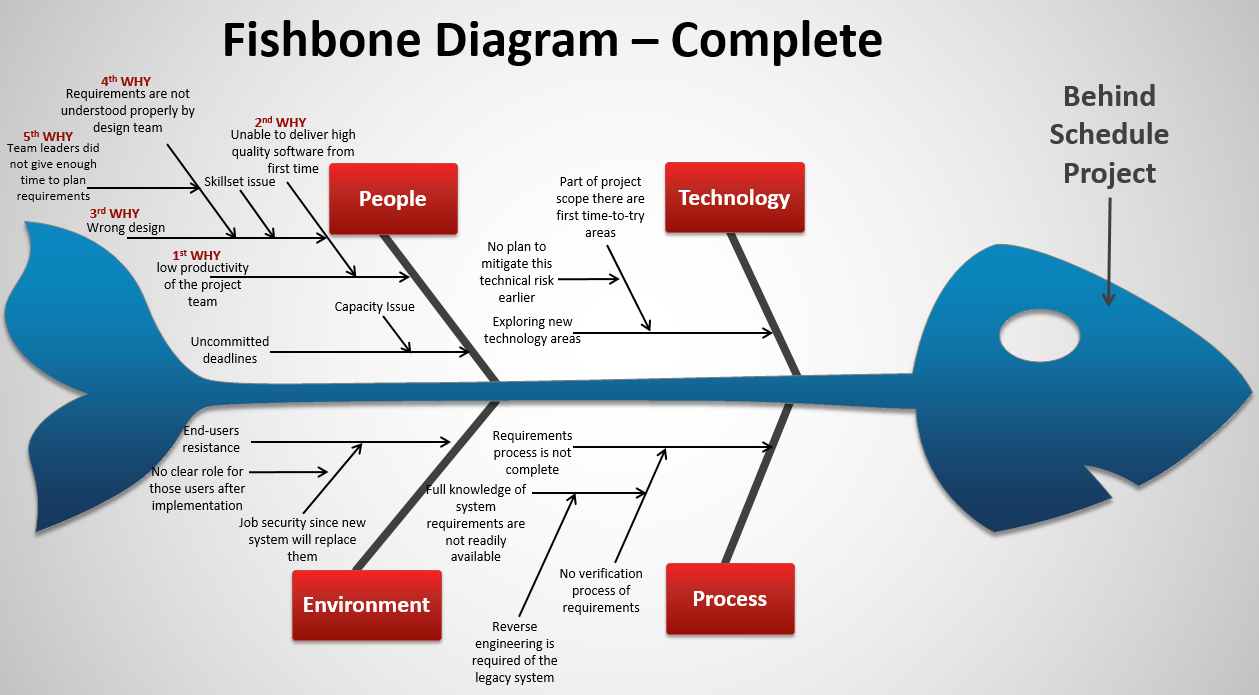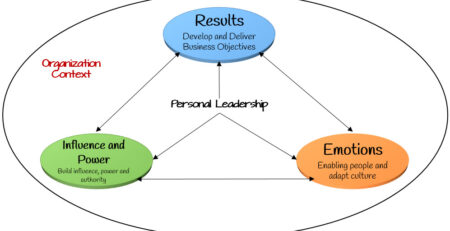Leadership Fostering: Secrets of Effective Project Leader
Project Leader is the person who is able to make the team achieve the desired results and project objectives effectively practiced not in words but in attitude and behavior. Everyone born with leadership spirit but need to foster leadership skills to become a leader, good project leaders are trained, they foster their leadership skills through experience, practice, education, and lessons learned
Leadership and Management
Leadership is synonymous with management, but it is actually very different. People follow managers because they have to, but they follow leaders because they want to, Leadership is the art of accomplishing more than the science of management, and the best scheduling, scope management, risk management, project control and qualified assigned resources will not ensure project success that is lead by a poor project leader.
Project Leader Attitude
Attitude is a matter of thinking and what you believe in that let you have specific attitude and therefore a specific behavior.
Project leader need to have a positive thinking, state of mind, and feeling upon things, events, or people. Project leader with negative attitude dramatically affect project success; attitude of the project leader to the project and to the team determine the attitude of the project to the project leader. We have the choice of choosing the attitude that will make a success of our projects.
Top Project Leader Qualities
Effective Project leader with positive attitude is enjoying the following top project leader qualities:
Trust; the trust is the root of success or failure in interpersonal relationships. Trust occurs between two people only if they view each other as trustworthy. Trust occurs over time, as people discover they can depend on others for clear and honest communication, empathy, and support. Project leader should trust self, trust team capability, and trust management.
Empowerment; work to build-up the project team, increasing their ability to be trustworthy, to trust and demonstrate competence by coaching and guide helping them discover the power and ability they posses, create an atmosphere of mutual respect and trust in which empowerment is likely to occur. Examples;
- Involve team in planning and actions that affect them
- Give freedom to team members making their own decisions
Active listening; Hearing what team members are saying, readings the body language through:
- A – attention L – look
- C – concern I – interest
- T – appropriate timing S – summarize
- I – involvement T – territory [manage space]
- V – vocal tone E – empathy
- E – eye contact N – nod to show understanding
Asking powerful questions; Project leader is not necessary to be the solution provider; if you are listening well and ask powerful questions you will get great response of the team and build a trust as well
Proactive; always takes initiatives rather than reacting to situational or environmental factors by;
- Looks at alternatives, different approaches and options
- Provide suggestions and get consensus
- Looks at ways of continuous improvement
- Looks at new opportunities
- Experiment and take risks
Motivate; Inspiring a shared vision of what the project or the team should and could be; clear mission that team are committed to achieve, and a set of goals that guides project team members efforts as following;
- M – manifest confidence when delegating
- O – open communication
- T – tolerance for failure
- I – involve
- V – value the efforts
- A – align project objectives to individual objectives
- T – trust team members
- E – empower appropriately
Networking; It is well know that to build a strong and healthy muscle, you give it period of exercise followed by a period of rest. Human being needs physical, mental, social, and spiritual regeneration, neglect of any area will likely affect the others. Project leader should sponsor or support the team building activities, exercises, events, games…
Encouraging; Project leader should inspire the team to continue the journey by encouraging and provide hope to continue. Examples for encouraging;
- Recognition of individual contributions to the common vision
- Frequent group celebrations of individuals and joint accomplishments
Not to be everything to everyone; focus on your own strength and the way to build the team is to seek out among the team to complement your strength and fill in the gaps. People know that everyone have weakness; Do not be afraid to show your weakness as people appreciate that.
3 Ps (Passion, Persistence and Patience); Project leader needs to be passionate when approaching the project and the people. He or she needs to reinforce best practices, often more than once, and explain why those methods make the most sense. To ensure project activities are getting done the right way, the project leader needs to be persistent. Spending the necessary time to talk with people and solve problems takes patience. Project leader needs to spend some time with every project team member, dealing with misunderstandings, miscommunication, and different perceptions.
Lead By Example; Project leader should be clear about his / her vision, values, beliefs and principles. Should be able to speak about them and his / her actions must be consistent and like his / her words.
About the Author
Usama Mohammed Shamma is a solutions-focused Projects Manager/Leader for Ejada Systems Co. Ltd. He is a PMP credential holder with over 14 years of accomplished experience, has spearheaded the success of multimillion-dollar projects for major clients in GCC that focus on software developments, and IT projects Management / Leadership.









Leave a Reply